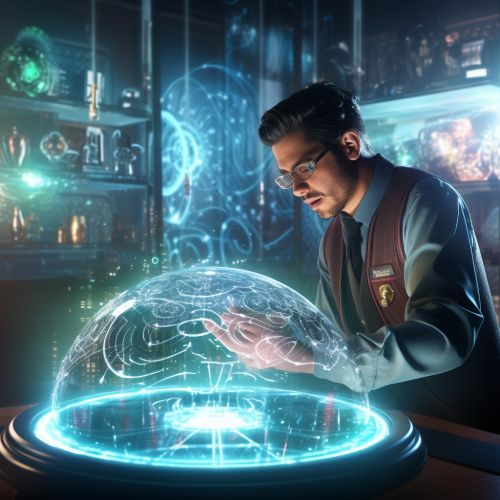The Role of Bioinformatics in Genomic Sequencing
Introduction
Bioinformatics is a multidisciplinary field that combines biology, computer science, information engineering, mathematics, and statistics to analyze and interpret biological data. It plays a pivotal role in genomic sequencing, which involves determining the precise order of nucleotides within a DNA molecule. This article delves into the intricate relationship between bioinformatics and genomic sequencing, exploring the various applications, methodologies, and challenges in this rapidly evolving field.
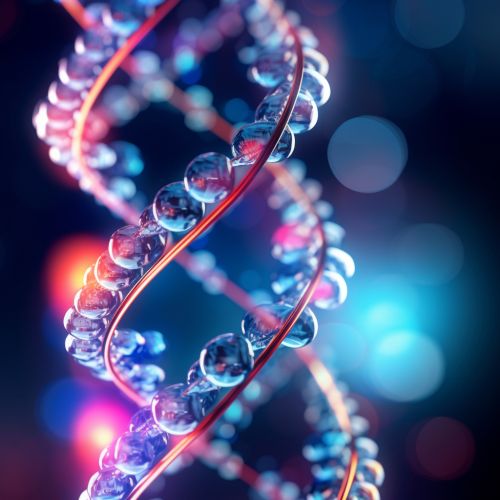
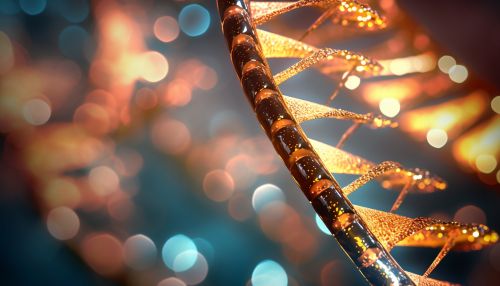
Role of Bioinformatics in Genomic Sequencing
Bioinformatics provides the computational tools and statistical techniques necessary to manage and interpret the vast amounts of data produced by genomic sequencing. With the advent of high-throughput sequencing technologies, the volume of genomic data has increased exponentially, necessitating the use of sophisticated bioinformatics tools for data analysis and interpretation.
Sequence Alignment and Assembly
One of the primary roles of bioinformatics in genomic sequencing is sequence alignment and assembly. Sequence alignment involves comparing and aligning sequences from different sources or from different regions of the same genome to identify regions of similarity that may indicate functional, evolutionary, or structural relationships. Assembly, on the other hand, involves reconstructing the original sequence from the short fragments produced during sequencing. Both tasks rely heavily on bioinformatics algorithms and software.

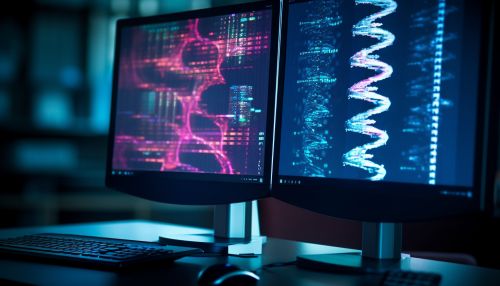
Annotation and Functional Genomics
Another crucial role of bioinformatics in genomic sequencing is annotation and functional genomics. Annotation involves identifying the locations of genes and other genetic elements in a genome, while functional genomics seeks to understand the function of these genes and elements. Bioinformatics tools are used to predict gene function based on sequence similarity, analyze gene expression data, and study protein-protein interactions, among other tasks.
Comparative Genomics and Phylogenetics
Bioinformatics also plays a key role in comparative genomics and phylogenetics. Comparative genomics involves comparing the genomes of different species or strains to understand the similarities and differences in their genetic makeup. Phylogenetics, on the other hand, involves the study of evolutionary relationships among organisms. Bioinformatics tools are used to construct phylogenetic trees, compare genomic sequences, and identify conserved genomic regions, among other tasks.
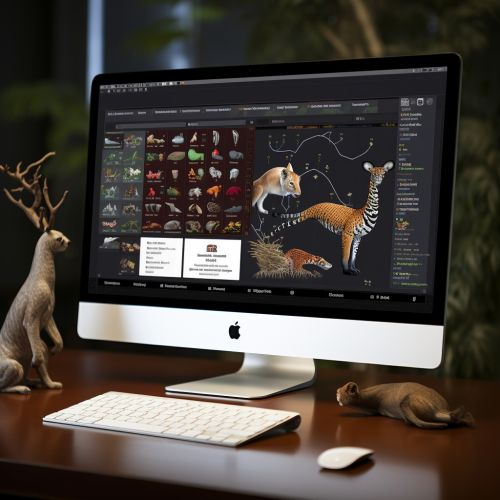

Challenges and Future Directions
Despite the significant advancements in bioinformatics and genomic sequencing, several challenges remain. These include the need for more efficient algorithms for sequence alignment and assembly, the need for improved methods for functional prediction and annotation, and the need for better tools for data visualization and interpretation. Furthermore, with the increasing volume and complexity of genomic data, there is a growing need for more sophisticated data management and storage solutions.
Looking ahead, the field of bioinformatics is poised to play an even more critical role in genomic sequencing. With the advent of new sequencing technologies and the increasing integration of genomics in healthcare, the demand for bioinformatics tools and expertise is expected to grow. Moreover, the emergence of fields such as metagenomics and personalized medicine is likely to present new opportunities and challenges for bioinformatics in genomic sequencing.
